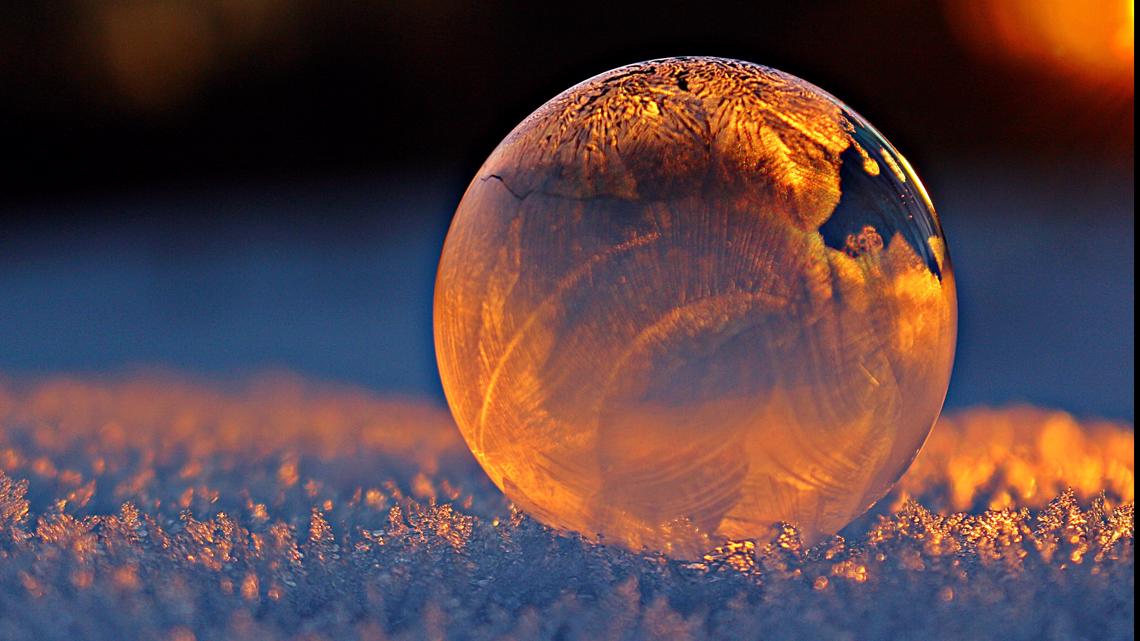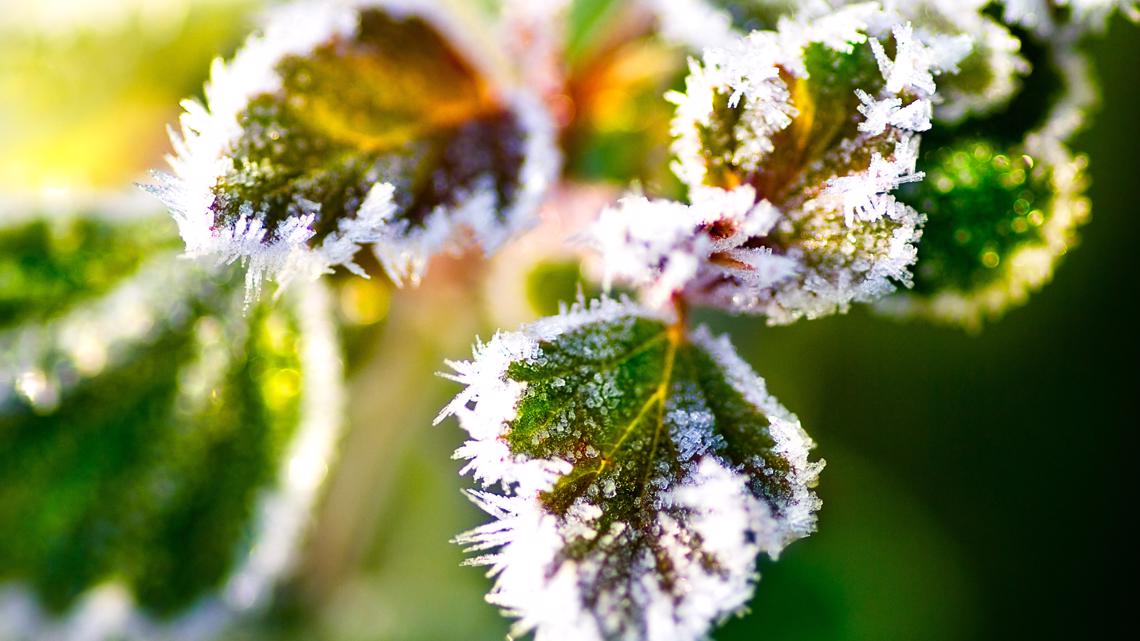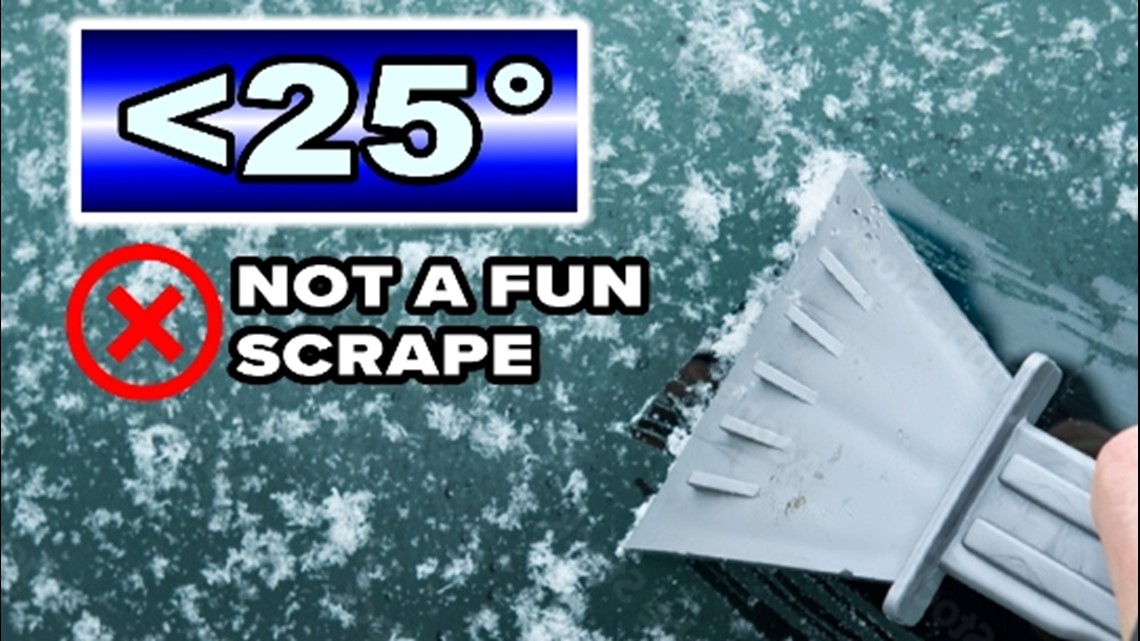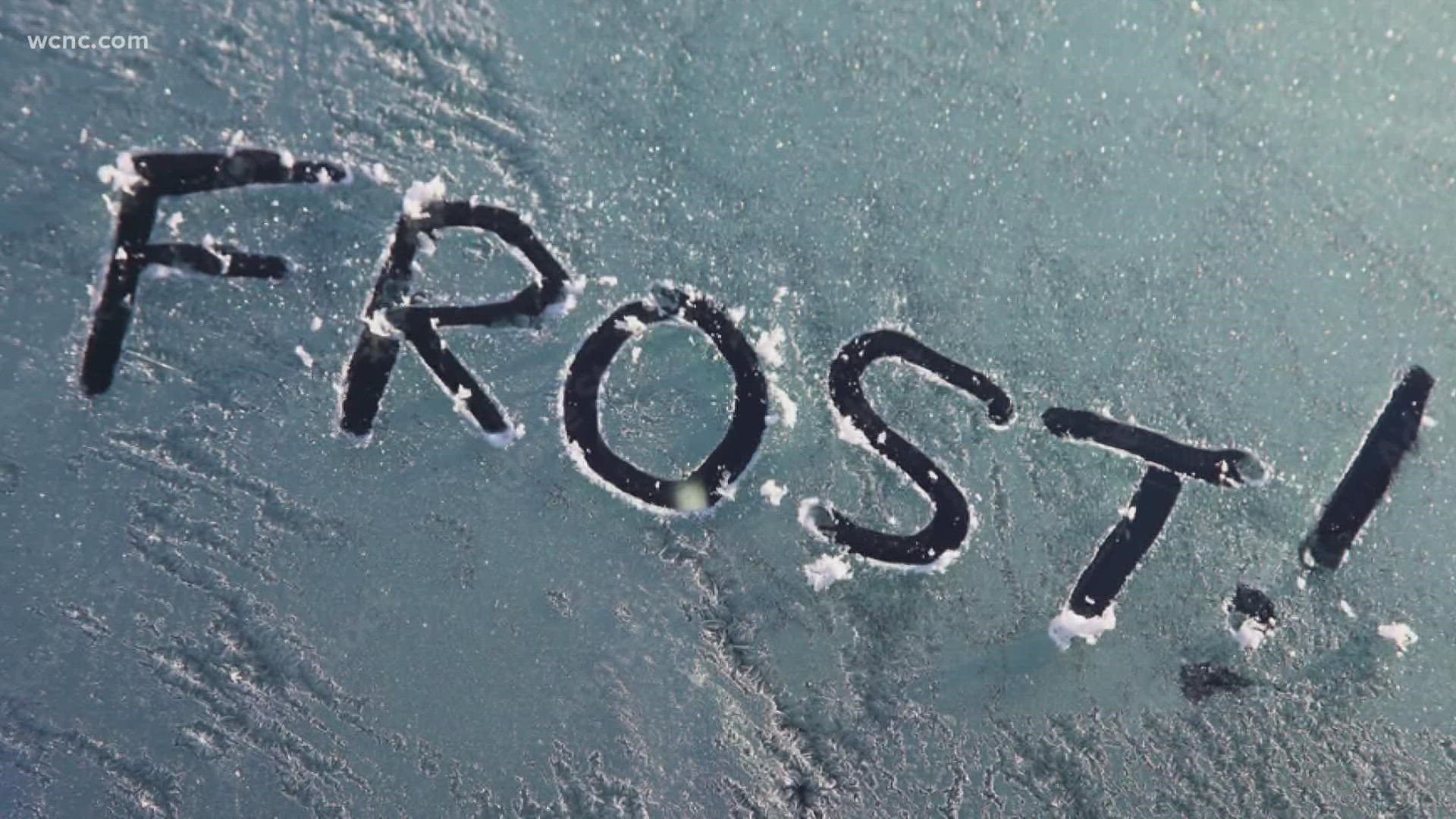CHARLOTTE, N.C. — Welcome to frost season, everyone. The time of year, if the right conditions line up, you could find yourself scraping your windshield or waiting out the defroster.
The Perfect 'Frosty' Conditions:
Not every cold night heading into winter creates a frosty landscape. For frost to form, you need the 3 C's: Clear skies, cold freezing air, and calm conditions.
When the skies are clear, the heating from the day quickly escapes into the atmosphere and maximizes our cool down. Whenever it is cloudy, this acts like a blanket and limits cooling.
When the temperature drops to the same value as the dew point, moisture is created on the surface. This is called the frost point.


When that surface or ground temperature is at 32 degrees or below, the moisture or water vapor turns to frost.
Frost is a delicate process. A strong wind could disrupt the formation simply by mixing up the air.
The Main Type of Frost:
The most common is called Hoar Frost.
Hoar frost derives from the Old English word 'hoary,' meaning greyish white, old, and trite. So hoar frost was said to resemble an old man's beard.
Hoar frost is what you usually see on the grass and cars during the winter. When water vapor makes contact with a freezing surface - and is not disrupted by the wind - it makes beautiful crystal patterns also known as white frost.
Other Types:
Frozen dew is simply when dew forms and freezes once temperatures drop below 32°. This will appear as frozen water droplets.


Advection frost forms when cold moist air blows across a surface for an extended time and looks like little ice spikes.


Temperature determines the thickness of frost:
Temperature also controls how long you will be defrosting your car or how much elbow grease you need to scrape. When temperatures are between 29 and 32 degrees, the frost is fairly easy to scrape.


Once those surfaces are 25 degrees or colder, frost removal will take a lot more time and effort.


So keep those scrapers handy this winter and stay warm!
Join us on WCNC every Wednesday morning around 6:45 AM for a new Weather IQ to make us all a little more weather-wise.

